Hozo NeoBlade review: A wireless ultrasonic cutter that redefines precision

The Hozo NeoBlade in hand: futuristic design with wireless freedom makes it stand out from traditional cutters. Picture: Hozo.
Innovative tools don’t come along often, but the Hozo NeoBlade really feels like one. This wireless ultrasonic cutter brings 40,000 vibrations per second into your hand, slicing through plastics, wood, paper and more with accuracy, speed, and a refreshing sense of freedom.
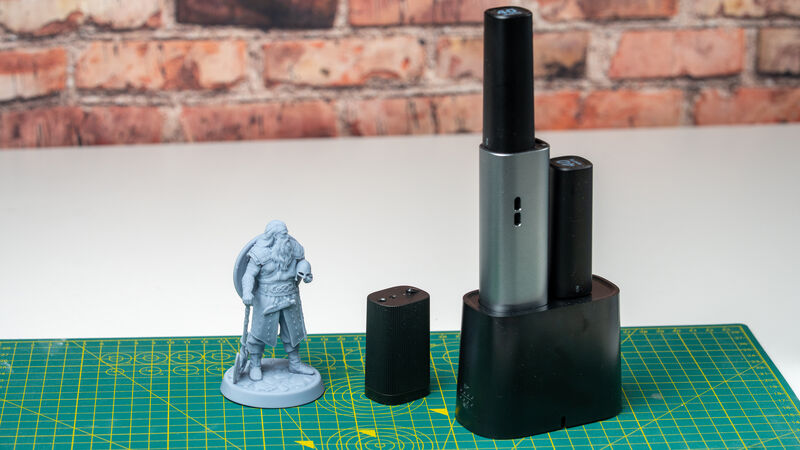
The NeoBlade appears futuristic with an industrial design that feels slightly over-engineered for tasks that seem so basic. At just 260 grams, it feels solid but not overly heavy, and it fits neatly in the hand. The matte finish resists fingerprints, and the angled head gives you a clear view of the blade.
I particularly liked the LED light, which shines directly onto the cutting area, making fine detail work much easier. The TurboDock swappable battery system, included with the Creator Combo (€190) and Premium Combo (€290), is also clever, allowing you to keep working without long charging breaks.
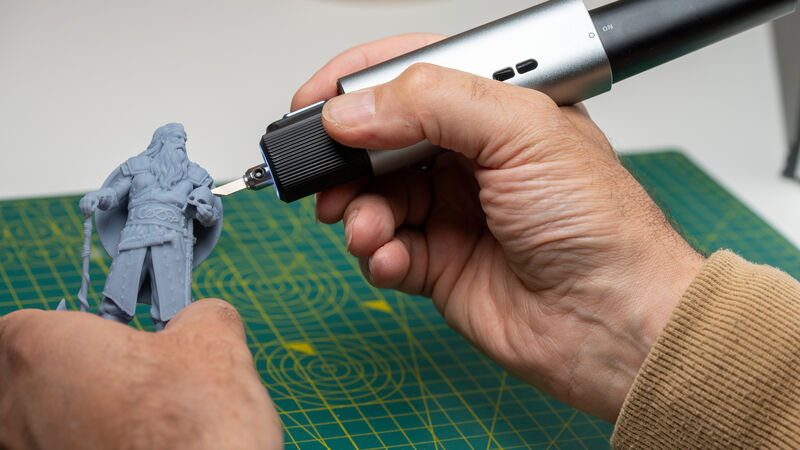
At its core is a titanium alloy ultrasonic transducer, vibrating the blade 40,000 times per second. That means materials such as PLA, acrylic, cardboard, leather, and even thin plywood slice cleanly with minimal resistance.
There are two cutting modes: Continuous for long, sweeping cuts, and Pulse mode for delicate work requiring more control. The intelligent auto-power adjustment works great as it ramps up or eases off power depending on the resistance it detects, which helped when switching between thick cardboard and thin PLA models.
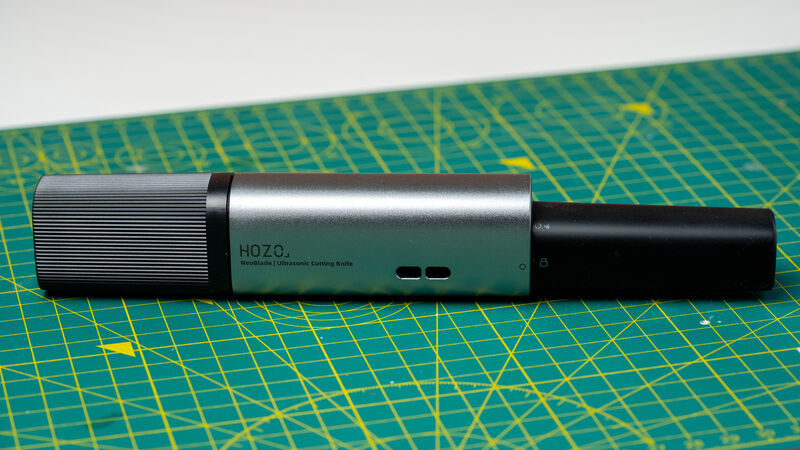
With any sharp object, like the NeoBlade, safety is paramount. However, Hozo has implemented a child lock that disables the blade with a simple twist of the battery, and the blade disposal system ensures used blades can be swapped without risk.
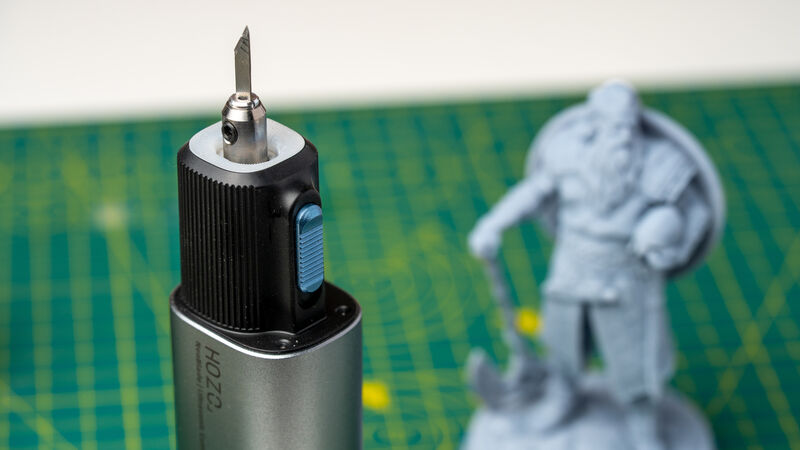
In testing, the NeoBlade almost feels like cheating. On my first use, it seemed as though it was melting straight through the material, but in reality, it was the vibration doing the work, with heat applied to the blade for good measure. On 3D-printed PLA models, it sliced through support structures smoothly without the snagging or stress fractures I usually encounter with a craft knife, which requires significantly more physical force. Cutting cardboard was effortless, with far less pressure needed than manual tools. Even thin wood sheets cut cleanly, though progress was slower compared with plastics or paper.
The cooling system effectively maintained the blade temperature, and I never experienced overheating, even after extended use. The noise level is a steady hum, quieter than expected for something vibrating at such speed. The NeoBlade last up to 30 minutes on a single charge.
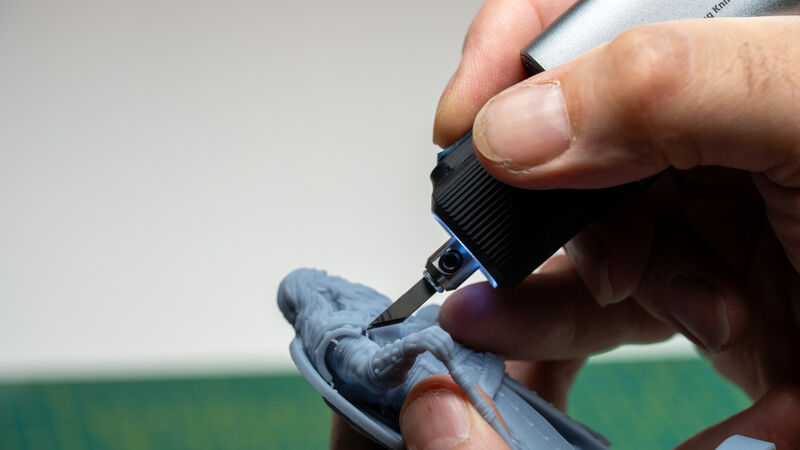
For makers, hobbyists, or anyone working with challenging materials, the NeoBlade is remarkable. It made post-processing 3D prints really enjoyable, rather than a chore, and it turned cutting cardboard templates into a quick and accurate task. I even used it to slice leather strips cleanly for a DIY project, something that would have been a struggle with a traditional blade.
That said, it’s not always the most practical option. For quick paper trimming, a standard hobby knife is faster to grab, lighter in the hand, and doesn’t rely on battery charge. The NeoBlade’s technology is remarkable, but sometimes simplicity still wins.
Complementing the NeoBlade is the optional NeoBlock (from €14), Hozo’s modular sanding system for finishing surfaces. It uses a single handle with three swappable heads: flat, inward curve, and outward curve/detail. Combined with multiple grits of sanding belts, it’s beneficial for 3D print finishing and model work.
The Hozo NeoBlade is a groundbreaking tool for precision cutting, particularly with plastics and other tough materials. It isn’t a full replacement for a simple hobby knife, but for serious makers and tinkerers, it’s a game-changing upgrade worth considering.
€130 NeoBlade





